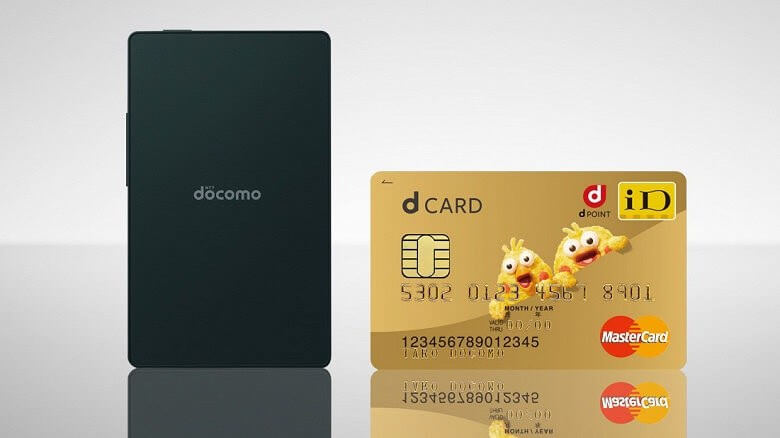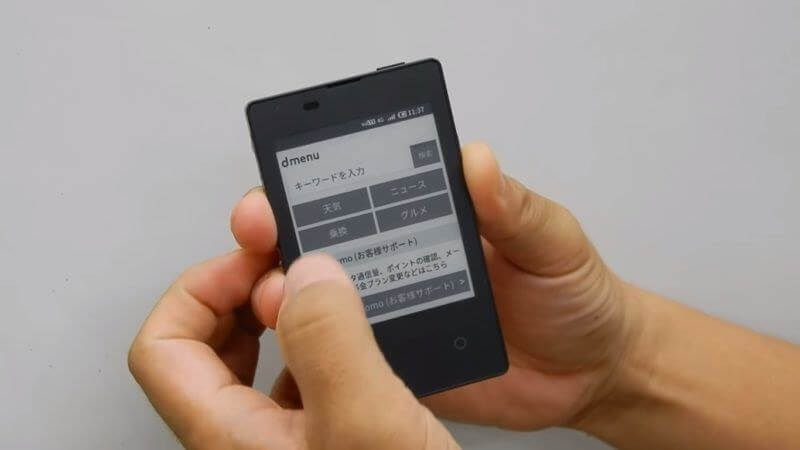Why it matters: Remember when the rule for mobile phones was 'smaller equals better?' Today, most flagships have screens measuring over six inches or, in the case of Huawei's new Mate 20 X, seven inches, but that doesn't mean there isn't a market for tiny handsets. The Kyocera KY-O1L, for example, is about the size of a credit card and is being called "the world's thinnest and lightest phone."
The minuscule device is made by Kyocera and is coming to Japanese mobile phone operator NTT DoCoMo next month. It weighs just 47 grams and measures 91mm x 55mm x 5.3mm.

The Kyocera KY-O1L features a 2.8-inch monochrome e-ink screen, similar to the kind used in e-book readers. It's also got a 380mAh battery, LTE connectivity, and what's presumably a pretty basic web browser, but it doesn't use apps or have a camera.
We've seen other feature phones like this appear in 2018, including Nokia's updated 8110 banana phone, but unlike that cheap handset, the KY-O1L is a pricey $300. It's still slightly less than the upcoming new Palm phone, but at least that mini device is a lot closer to a standard, albeit it low-spec, modern handset.
There are also questions over whether the KY-O1L really is the world's thinnest phone. The Vivo X5 Max's thickness is 4.75mm, and both the 2016 Mozo Z and Oppo R5s are under 5.3mm.
The Kyocera KY-O1L is being released exclusively in Japan next month. For those with money to burn, having a spare phone tucked inside their credit card holder might be a novelty worth having. But for a tiny Android handset packed with high-end features, check out the Unihertz Atom.
